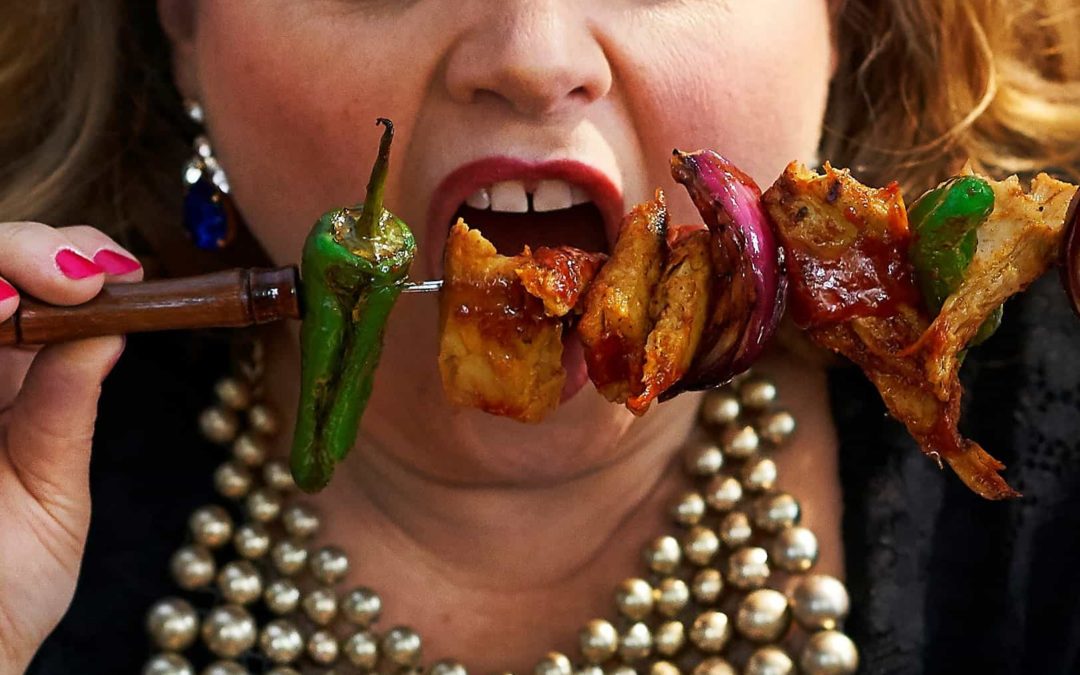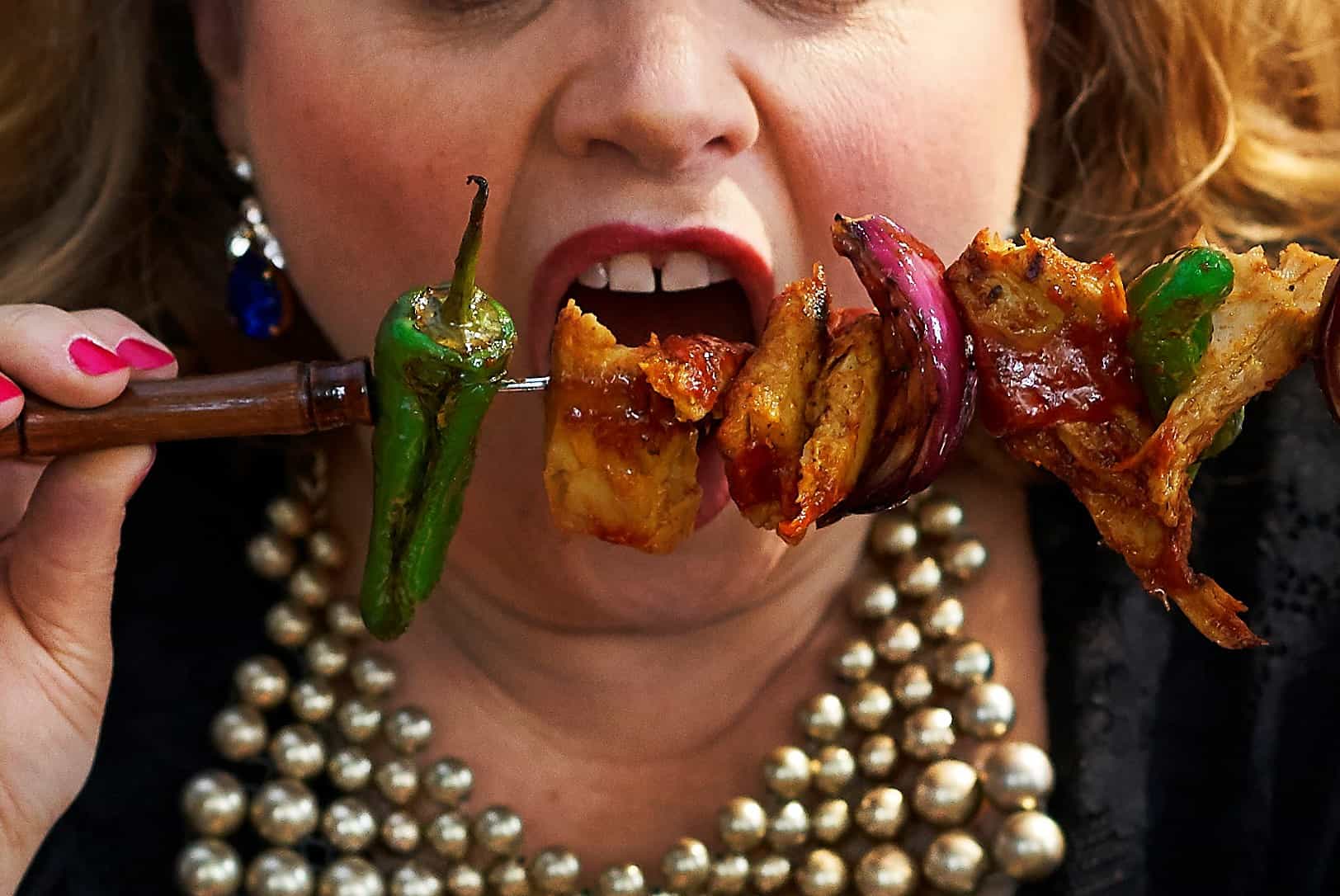
We are in an exciting food era with many changes ahead of us. New experimental protein alternatives are emerging. They are said to be scalable and claim to meet the requirements of both nutrient density and sustainable production.
We have so far learned that milk can be made from oats, almonds and soy. More and more alternatives to meat and fish are appearing in refrigerated counters, in hamburger joints and in fine dining menus.
There is an intense experimentation going on with algae, seaweed, insects and larvae. We explore wild plant species we forgot and invasive edible plants we barely even knew existed. Green meat is grown in laboratories and creating tasty protein from air, water and sun rays is no longer a utopia.
Maybe you will soon encounter this on the menu:
Starter: Crispy sea cucumber from Vinga with hemp quinoa and sour seaweed yoghurt.
Main course: Greenhouse-grown Gotland salmon, algae stewed potatoes and rapeseed pâté with a base of silkworm and Finnish solarflower seeds on a bed of aquaponic tomato salad.
Dessert: Seagrass sorbet sweetened with Norwegian strawberry guava, avocado chocolate and finely shredded hazelnut cheese from Gdansk.
Cool – but do we really dare to try?
Okay, insects and seaweed may not sound delicious. Attitudes and habits are an issue that needs to be handled as carefully as the actual production of the new food.
Skepticism has its roots in long-lived cultures, values and habits. But it is also a genetic instinct, inherited from the beginning of humanity – new unknown food could be toxic or dangerous in other ways.
For example, it took 100 years for the unpleasant root fruit dwelling underneath the earth to be accepted as the good potato we eat today. Sushi, on the other hand, was accepted at a record pace in the 80’s. From being weird raw fish from Asia to suddenly becoming a yuppie’s trend dish on Wall Street.
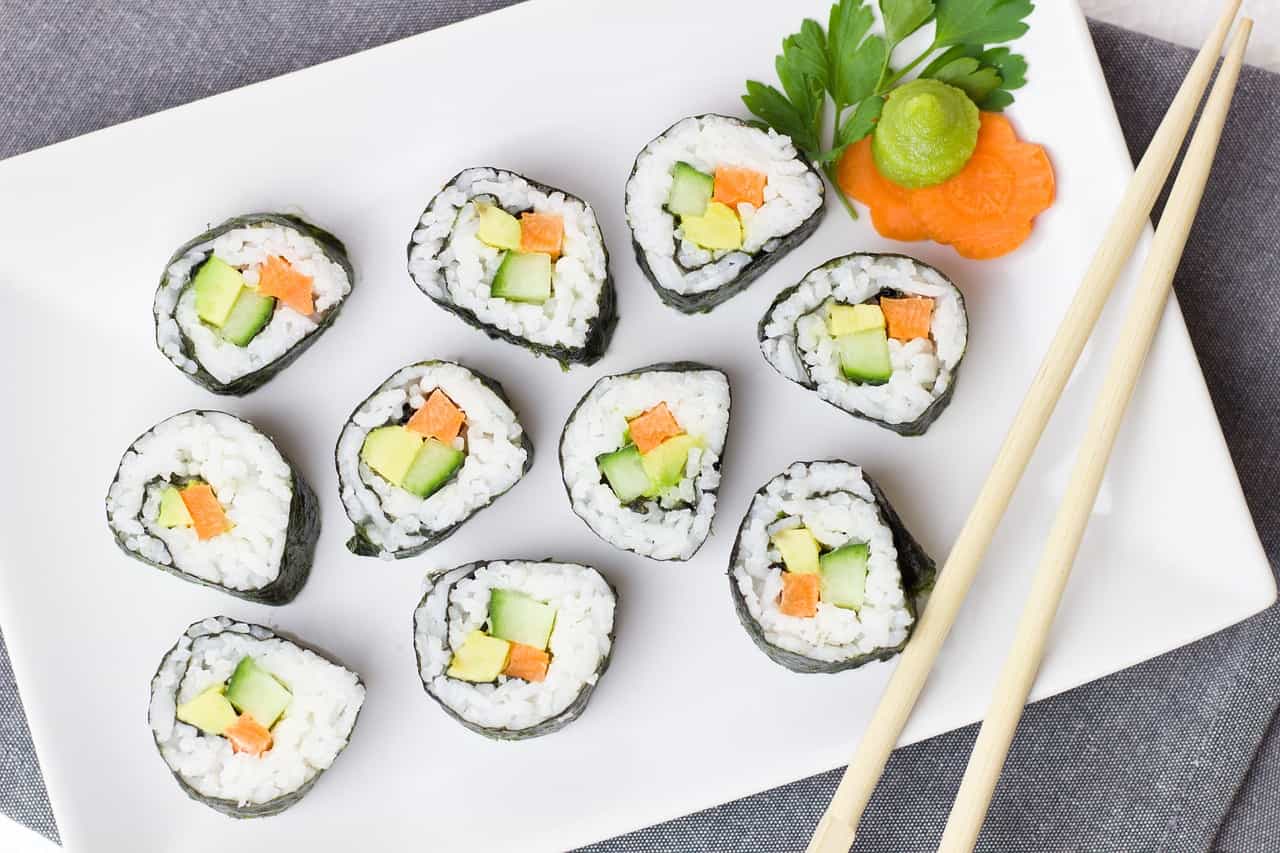
Researchers and influencers have a job to do
To bridge doubts and create confidence in food in new forms, behavioral scientists are researching the question of how the new food can be accepted, recognized and demanded.
A trend that paves the way for the new food is the young generations’ awake insight into the need to quickly switch to a sustainable future. The resistance does not come unexpectedly from the older generations who worshiped classical gastronomy, developed to sometimes unjustified perfection.
Capturing myths, spreading knowledge and highlighting good examples through star chefs, recipe developers and influencers is a way forward.
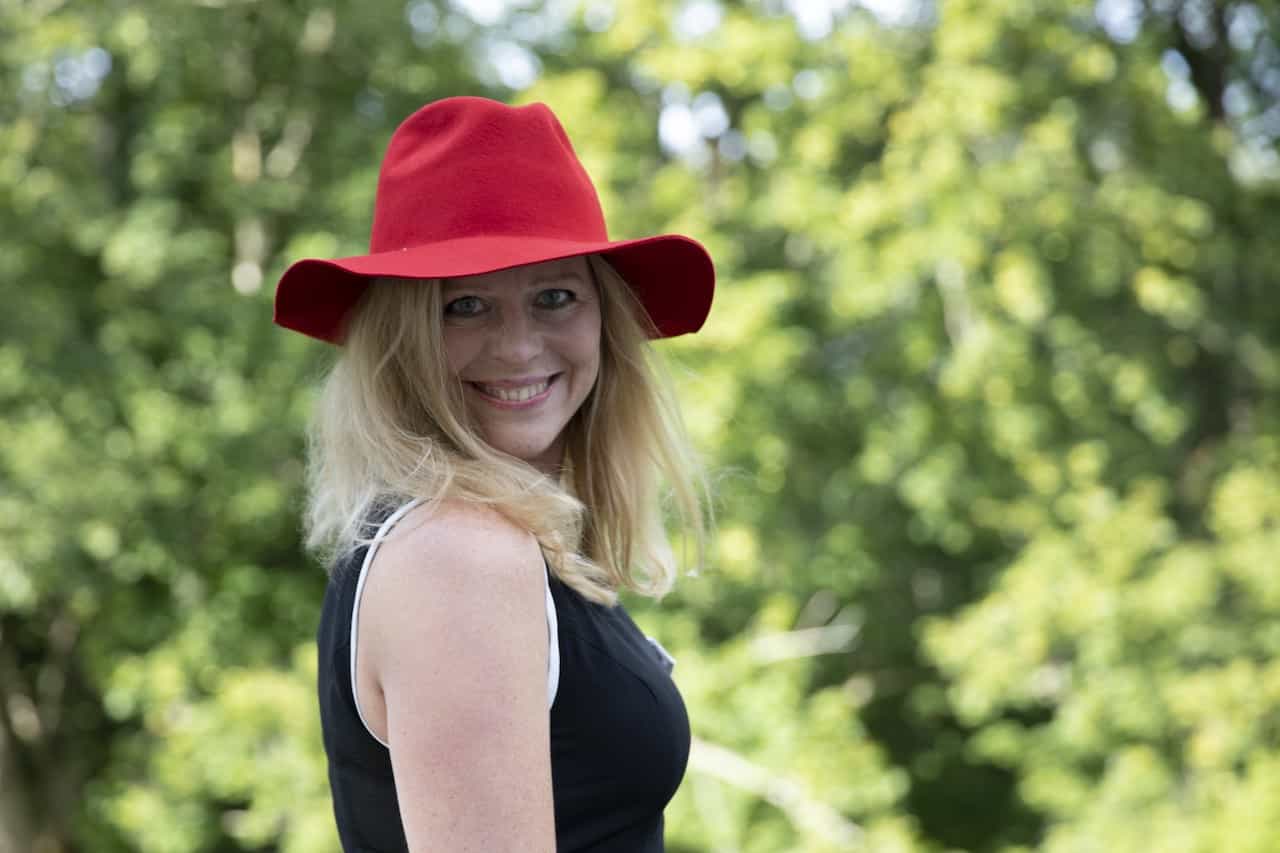
Anna-Kajsa Lidell at Livekindly Collective knows how difficult it can be to penetrate suspicion. But she has also seen the change, once a new product has arrived on the market.
The resistance was apparent when she introduced her Beatburgers to the Swedish market in 2012, made from 50 percent meat and 50 percent beans.
“We were out early and the young school children loved our bean burgers directly, but the adult world needed more time. Today, maturity and insight are on a completely different level, thank goodness. We never hesitated, because we knew we had a great product and that it was only the power of habit we fought against,” says Anna-Kajsa Lidell.
Maybe you tasted the Oumph! Burgers at Max, or grilled Pulled Oumph! from retail freezers? They are her latest work. Tastes and feels a bit like chicken, but is based on plant protein. Basically the same nutritional value and amount of protein but with a fraction of the environmental impact. Today, almost 10 years later, they are winning awards around Europe and expanding globally.

Algae, seagrass and seaweed
Seaweed have been harvested for cooking in Japan since the 8th century. The thin leaves around the sushi originate from this tradition.
In the Nordics, vegetables from the sea are a new science that is getting increasing interest. In Denmark, they are pioneers and Swedish entrepreneurs on the south and west coasts are now harvesting seaweed and seagrass successfully. They also develop chips, spices and creative dishes and recipe collections. Adventurous people can join the “Seaweed Safari”, a swim along the cliffs with scuba gear, scissors and a bag to harvest seaweed for their own use.

At Kristineberg’s Marine Research Station in Fiskebäckskil, Sweden, research is currently being carried out on the cultivation of algae, seaweed, seagrass and animal species close to the shore, such as sea cucumbers, beach crabs, seaweed prawns and more. They see good development opportunities with, for example, sugar seaweed. They are sown in summer in aquariums and when its germ cells release from the seaweed, they form small plants that get stuck on thin ropes in the aquarium. These lines are then attached to ropes that are lowered into the sea. Then the cells are three millimeters long and when they are then harvested in the spring, the seaweed plants are up to three meters long. Then they are boiled, frozen and dried.
“The sugar tongs are fast-growing and contain a lot of nutrients and the good thing is that we do not have to do anything. Of course, they do not need to be watered and not fertilized either, as they live on our already eutrophied sea, says Fredrik Gröndahl,” marine biologist at Kristineberg’s Marine Research Station.
In this way, you can grow sustainable food and purify the water at the same time. By the way, we eat and drink algae daily without knowing it. Algae is a global billion-dollar industry that produces various additives and enhancers for food production to make it fuller and more flavorful. The full-bodied foam in your beer certainly contains algae, as an example.
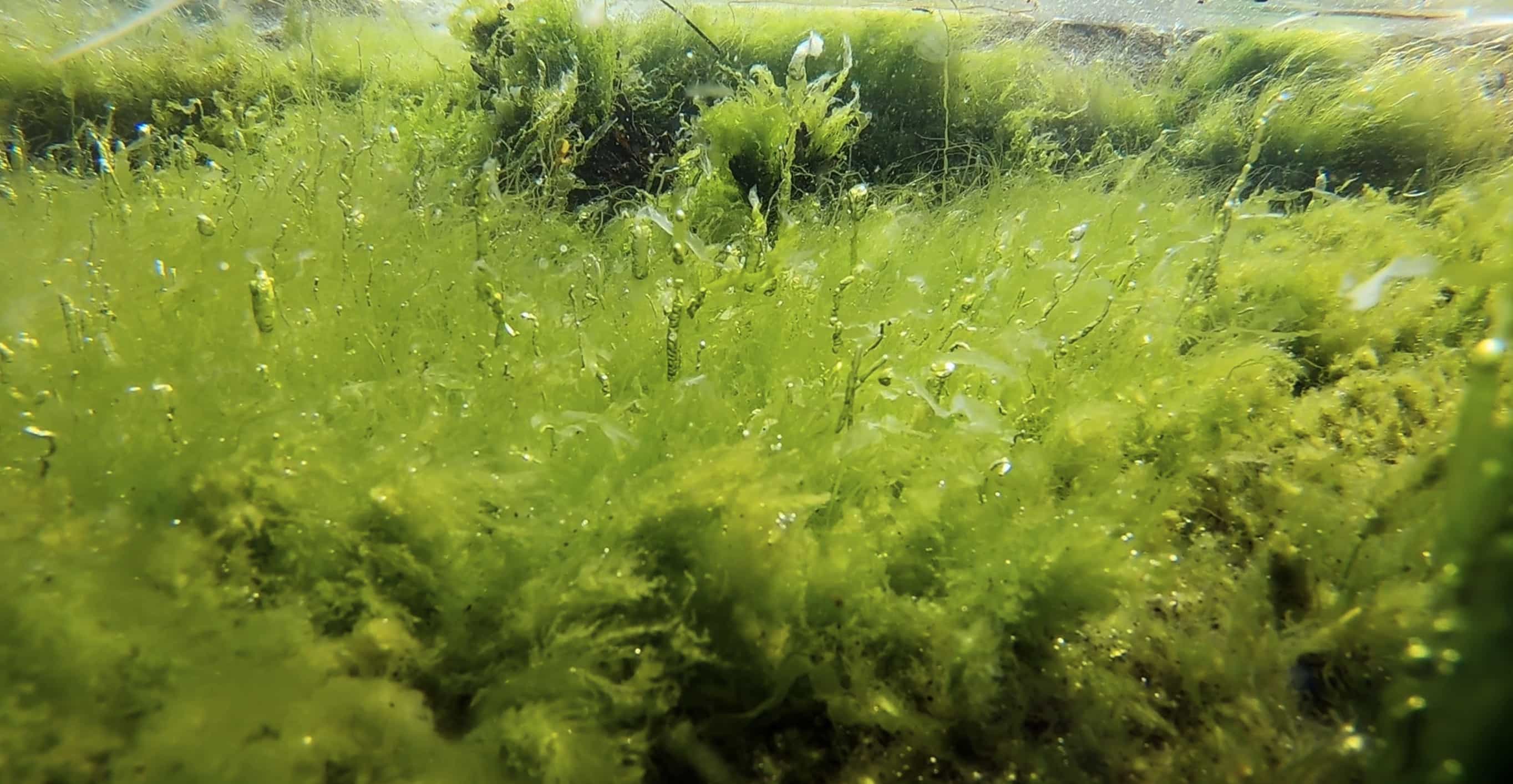
Lab-grown meat – for real?
Yes, meat is grown in laboratories today. The pioneer was the researcher Dr. Mark Post at the University of Maastricht in the Netherlands. He took muscle cells from cows and let them multiply in a nutrient solution. The cells that is, not the cows.
Mark’s research team was successful and they served the first lab grown beef burger in 2013 in front of a united world press. They have since continued to work on developing texture and taste to get as close to ordinary meat as possible. The plan was to start commercial sales in 2020. The Swedish National Food Administration is prepared to accept an application for approval.

A clear advantage with lab grown meat is that no animals need to be bred or slaughtered. In addition, calculations show that large-scale laboratory cultivation’s carbon dioxide emissions, water consumption, land use and energy consumption are only a fraction of what a traditional meat industry would have required to produce the same amount of meat. It has great significance.
Lack of drinking water in the fast-growing cities of the world, for example, is a ticking sustainability and justice bomb. In Sao Paolo, Beijing, Los Angeles, Cape Town and Tokyo, water shortages are high on the priority lists. Urban water reservoirs are drained by agriculture and meat production. The inefficient paradox is also that an increasing proportion of that agriculture is there to grow fodder for the same meat production… But, now we see a variety of solutions where we can produce food that requires only a fraction of the resources we use today.
❓ Do you want to read more about the food of the future? Join the next part of this series on invasive species, garlic-crushed crickets and much more – to be published shortly on Warp News.

